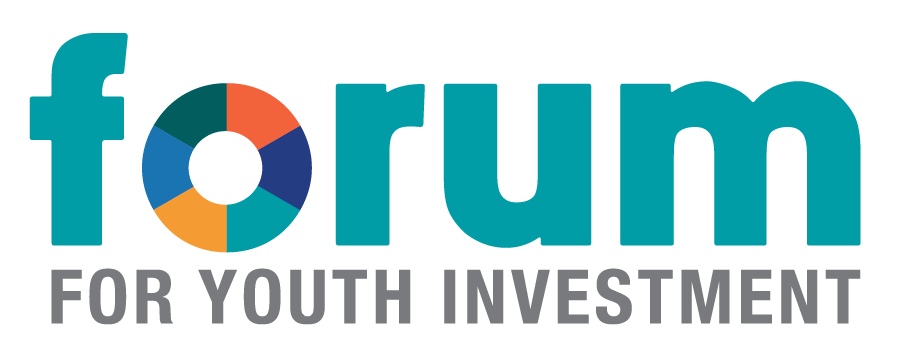Building a Thriving Future: How the BEST Youth Initiative Aligns with Governors’ Workforce Agendas (Part 1)
November 13, 2024
As the workforce landscape shifts in response to technological advancements, economic fluctuations, and demographic changes, state leaders are working to ensure their workforce is prepared for the future. A 2023 brief from the Education Commission of the States highlighted that workforce development and career and technical education (CTE) have become top priorities for governors in 34 states.
Facing challenges like automation, inflation, an aging workforce, and declining college enrollment, states are redesigning policies and systems to meet these shifting realities. The focus on workforce readiness is not just about job creation—it’s about equipping workers with the education and skills needed for tomorrow’s economy.
A report from Georgetown University’s Center on Education and the Workforce echoes this call for action. According to the report, the demand for jobs requiring more education is projected to increase significantly. The number of “Good Jobs”—defined as positions with a median wage of $82,000, with a salary floor of $43,000 for younger workers and $55,000 for older workers—will grow by 21% over the next decade. However, the challenge is clear: while more education leads to more opportunities, college enrollment rates have declined over the last decade, according to the National Center for Education Statistics.
With workforce priorities top of mind for many states, the connection between post-secondary education and career opportunities is becoming more critical. Connecticut Governor Ned Lamont captured this sentiment in the opening letter of his state’s Workforce Council Strategic Plan, emphasizing the need for collaborative efforts: “There is no single entity that can solve workforce challenges on its own. When we effectively align resources, measure outcomes, and scale what works, we come closer to our ideal of enabling all residents to support themselves and their families.”
Enter the Forum for Youth Investment’s Building Ecosystems Statewide for Thriving (BEST) Youth Initiative, which embraces the idea that alignment and collaboration between state systems can lead to better outcomes for young people. The initiative recognizes that multiple state systems play a role in shaping youth outcomes, and it aims to strengthen partnerships across these systems to improve both education and workforce opportunities. As part of the program, participating state leaders were asked to identify a youth outcome that at least three different state systems could impact, then work together on a strategic plan to improve that outcome. In four of the five states selected, workforce systems became a key area of focus.
By prioritizing workforce development and integrating cross-system collaboration, the BEST Youth Initiative is helping states create pathways for young people to thrive in an ever-changing economy. As the demand for education and skills continues to grow, initiatives like BEST are paving the way for a more prepared and resilient workforce—one that meets the needs of both employers and employees alike.
Stay tuned for Part 2, where we will take a closer look at how each of the five BEST states is addressing workforce development through innovative approaches and strategic collaboration.
